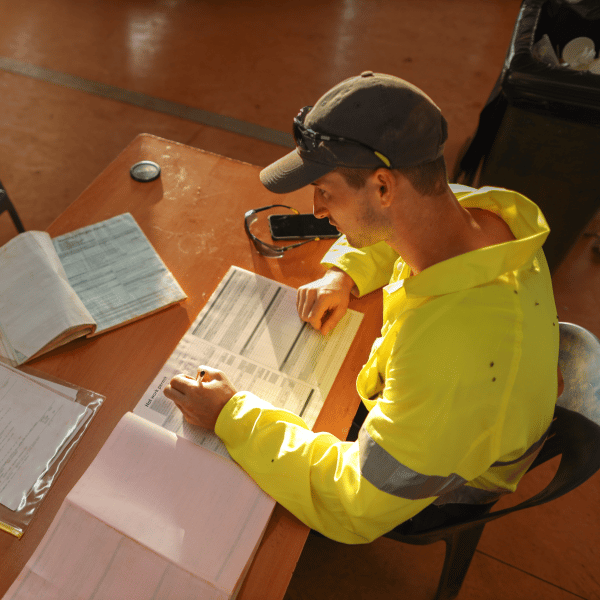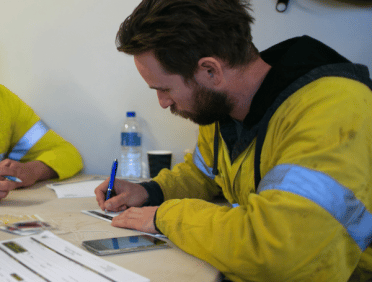Despite the best health and safety policies and procedures being in place, accidents can still happen in any workplace. Hopefully, these incidents will have little to no impact on those in the workplace, but there are also times when they can result in more severe injuries, dangerous occurrences and diseases too.
When this happens, the business owner needs to be aware of RIDDOR and what the procedure is for Reporting Injuries, Diseases and Dangerous Occurrences.
What is the RIDDOR procedure?
RIDDOR, or the Reporting of Injuries, Diseases and Dangerous Occurrences Regulations, has been set out by the Health and Safety Executive and forms a key part of health and safety in the workplace.
The reason for RIDOOR is to record certain cases of work-related injuries and incidents as well as illnesses that can occur during a working day too. RIDDOR applies to those within a workplace who are deemed to be responsible persons.
Depending on the decisions that you have made relating to health and safety in your workplace, this could be an employee, a manager or perhaps a supervisor. Anyone who is deemed to be responsible is going to need to ensure that they follow RIDDOR in the workplace.
RIDDOR Regulations 2013
The RIDDOR Regulations of 2013 were created as a way to ensure that those who are in control of work premises, whether they have employees or are self-employed, are reporting accidents that happen in the workplace, occupationally related diseases and any dangerous occurrences (or near misses as they may be known).
What is the specific RIDDOR information I need to record?
You must ensure that you make a report within RIDDOR and that it is received within ten days of the incident. However, there is an exception to this, and if the incident has resulted in more than seven days’ absence from work, then the report can be submitted within 15 days rather than ten days.
If the incident is an occupational illness or disease, then this should be submitted as soon as the diagnosis is received.
The report will need to be made on the HSE website, and it is expected that it will contain all the relevant details that relate to the incident. However, if the incident is major or it has related to a fatality, then this should be called in using the telephone service rather than online or as a postal report.
The RIDDOR report that you create will need to contain the following:
- The date of the recording
- The personal details of the person reporting
- The details of the company
- The location, date and time of the incident
- The personal details of the person who was involved
- A description of what is being reported, be that an injury, an illness or an incident
What kind of incidents do I report in RIDDOR records?
A key part of RIDDOR is knowing which specific work-related incidents will need to be reported as a part of RIDDOR. These include:
Of course, this list is not going to cover every single type of incident that needs to be reported within the RIDDOR regulations. If you are ever in any doubt about whether or not you need to report, then it is always best to speak to the HSE and ask for their advice or guidance on the matter.
Who should report?
In order to make a RIDDOR report, you will need to be seen to be a responsible person within the work premises. This could be someone who is an assigned health and safety employee, the employer or those who are self-employed.
It could also be people who are in control of the premises at work, such as site managers if this is relevant.
What must be reported?
As we have already covered, there are certain incidents that need to be reported as a part of RIDDOR. These are deaths and injuries, occupational diseases and dangerous occurrences. But what is actually meant by this, and what are some examples of the types of incidents that may happen?
Deaths and injuries
If there has been an accident at work that has related to someone either being injured or, even worse, dying, then there is a good chance that this will need to be reported under RIDDOR. That said, not every single accident will need to be reported.
If there has been a death as a result of an accident in the workplace, then this needs to be reported. This could have caused the death of either a worker or someone from outside the company. The only exception to this is in the case of suicide. However, physical violence from someone else to a worker will need to be reported too.
Injuries are also another reportable part of RIDDOR. These injuries cover things such as:
- Fractures (other than to fingers, thumbs and toes)
- Amputations
- An injury that results in loss of sight
- Crush injuries to the head or the torso
- Burns that cover more than 10% of the body or that cause significant damage to the eyes, respiratory system or other vital organs
- Scalping
- Head injuries or asphyxia
- Anything that requires resuscitation
Occupational diseases
Depending on the industry that you work in and the type of work that you do, there is always a risk of developing an occupational disease. These could either be caused in whole by the work that you do, or they could make an existing condition even worse.
Some examples of occupational diseases that can occur and need to be reported include:
- Carpal tunnel
- Severe cramp in either the hand or the forearm
- Dermatitis
- Occupational asthma
- Diseases that are related to occupational exposure to a biological agent
Dangerous occurrences
Dangerous occurrences are near-miss events. There are 27 different categories that can be seen to be dangerous occurrences. These can be found on the HSE website for you to check whether or not you need to report what has happened as a part of RIDDOR.
Some examples of what could be reported as a dangerous occurrence include:
- The collapse, overturning or failure of load-bearing parts of lifts and equipment that lifts
- Plant or equipment that comes into contact with power lines
- The accident release of any substance that could cause injury
As you can see, dangerous occurrences don’t have to cause an injury; they just have to be a risk of causing an injury either in that moment or in the future.
To download a .pdf of this blog, please click here












